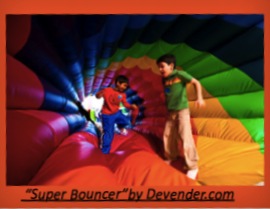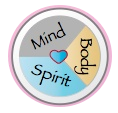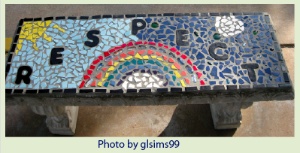Time Required: One class period
Main Idea: Understanding the process through which conflict may be resolved.
Objectives: Students will research information on Nobel Peace Prize winners to determine the qualities of peacemakers.
Procedure:
1. Place students in small groups. Ask students to think of all of the qualities of someone they would consider a peacemaker, and web their ideas using a graphic organizer. Then have them share the qualities with the total group.
2. Tell students the story of Alfred Nobel, a Swedish chemist, inventor, and industrialist whose invention, dynamite, earned him a fortune. With this fortune, he established the Nobel Prize to award those people who had the greatest benefit on mankind. There are several categories of prizes – chemistry, physics, etc., but the one for focus in this lesson is the Nobel Peace Prize. Instruct students that their task will be to find out about an individual Peace Prize winner’s characteristics, personal quotations or thoughts about peace, and the deeds they performed to work toward peace. Then, pair with another student who researched another winner, and compare what the two winners of this prize had in common. Use markers and record this on a piece of chart paper. Use a Venn diagram.
3. Model for students: To demonstrate how this will be done, read biographical information about the XIVth Dalai Lama. Instruct students to make three columns on a piece of paper for note taking. Label the columns: I) Characteristics,
2) Thoughts about peace, and 3) Deeds. As you are reading, stop and have students identify these and place them on their paper as notes.
Some of the characteristics of this man are: The Dalai Lama is described as a simple man, a Buddhist monk. He lives in a small cottage, meditates, teaches, works with people in the government, and partiCipates in religious ceremonies. Some of the deeds of this man are:
In his struggle for the liberation of his homeland, Tibet, he consistently has opposed the use of violence. He has sought peaceful solutions based upon tolerance and mutual respect in order to preserve the historical and cultural heritage of his people.
The following thoughts came from a speech by the Dalai Lama:
“Even if you don’t believe in any religion, you should respect others’ beliefs. All religions believe in a true sense of brotherhood, a good heart, and respect for others. If we can have these qualities, we can actually achieve peace.”
“The self must be placed last. I personally feel that this concern for others is lacking today. Many of the problems that we have today are because of our hatred. As human beings we have good qualities as well as bad. Anger, jealousy, and hatred are the bad side; these are the real enemy. Our real enemy, then, or troublemaker, is inside ourselves. Basically, the most important thing is a good heart.”
“Everybody appreciates kindness. If you respect him, your enemy will become your friend.”
4. Have students work individually to find information on someone who has won the Nobel Peace Prize:
Mikhail Gorbachev Anwar Sadat Oscar Arias-Sanchez
Martin Luther King, Jr. Willy Brandt Rigoberta Menchu
Nelson Mandela Henry Kissinger Lech Walesa
Desmond Tutu Mother Teresa Menachem Begin
5. Have students work in pairs to make a comparison chart, comparing two of the winners using a Venn Diagram.
6. Have students present their comparisons. Then have them look at the qualities compiled in the Motivating Activity. Have them evaluate how close they were in knowing what qualities a peacemaker has.
7. Ask students to identify people (perhaps a family member, friend, teacher, etc.) they know who they feel could be a Nobel Peace Prize recipient. Have students write a paragraph about the qualities, deeds, and thoughts of this person and why they feel the individual is deserving of such recognition.
8. Have students write an essay on “How I Can Be a Peacemaker.”







